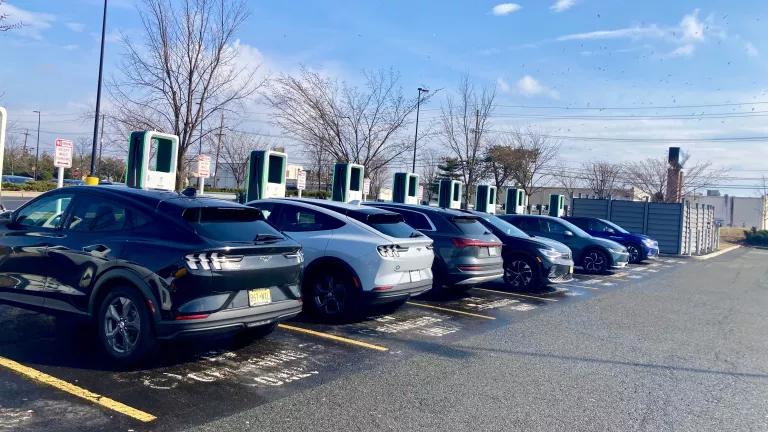
The COVID-19 pandemic abruptly upended many facets of American life, including our transportation system. However, as vaccinations increase, some elements of our day-to-day routines are returning to “normal.” More Americans are flying or taking public transportation, and some offices that had closed are re-opening. When it comes to transportation—the leading source of greenhouse gas (GHG) emissions in the country—now is the moment to decide whether we want to return to the old status quo, or whether we can build a better future.
Transportation network companies (TNCs)—primarily Lyft and Uber—played an increasingly large role in urban transportation systems before the pandemic. As the country slowly returns to “normal,” now is the time to ask what role these companies can and should play in a future that prioritizes clean energy and equitable transportation options. Answering this question requires understanding the impact that TNCs had on GHG emissions during their pre-pandemic heyday. NRDC partnered with a team of researchers at the University of California, Berkeley to present a snapshot of the net impacts of Lyft and Uber from mid 2015 to early 2017 in three major U.S. markets: San Francisco, Los Angeles, and Washington, D.C
Ultimately, we found that, without changes, companies like Lyft and Uber are likely to increase overall GHG emissions by encouraging additional driving. In the face of catastrophic climate change, we cannot let that happen. Instead, we must emerge from the pandemic with a more sustainable transportation system that prioritizes low-carbon mobility and uses TNCs to encourage travelers to drive less and reduce individual car ownership.




